

In today's technologically advanced world, the field of artificial (AI) has witnessed unprecedented growth and has significantly impacted various industries and aspects of our lives. AI, often referred to as the simulation of human intelligence in machines, has the potential to revolutionize the way we work, communicate, and solve problems. This article aims to explore some of the revolutionary AI tricks that you can try today, showcasing the cutting-edge advancements and their practical applications across diverse domains.
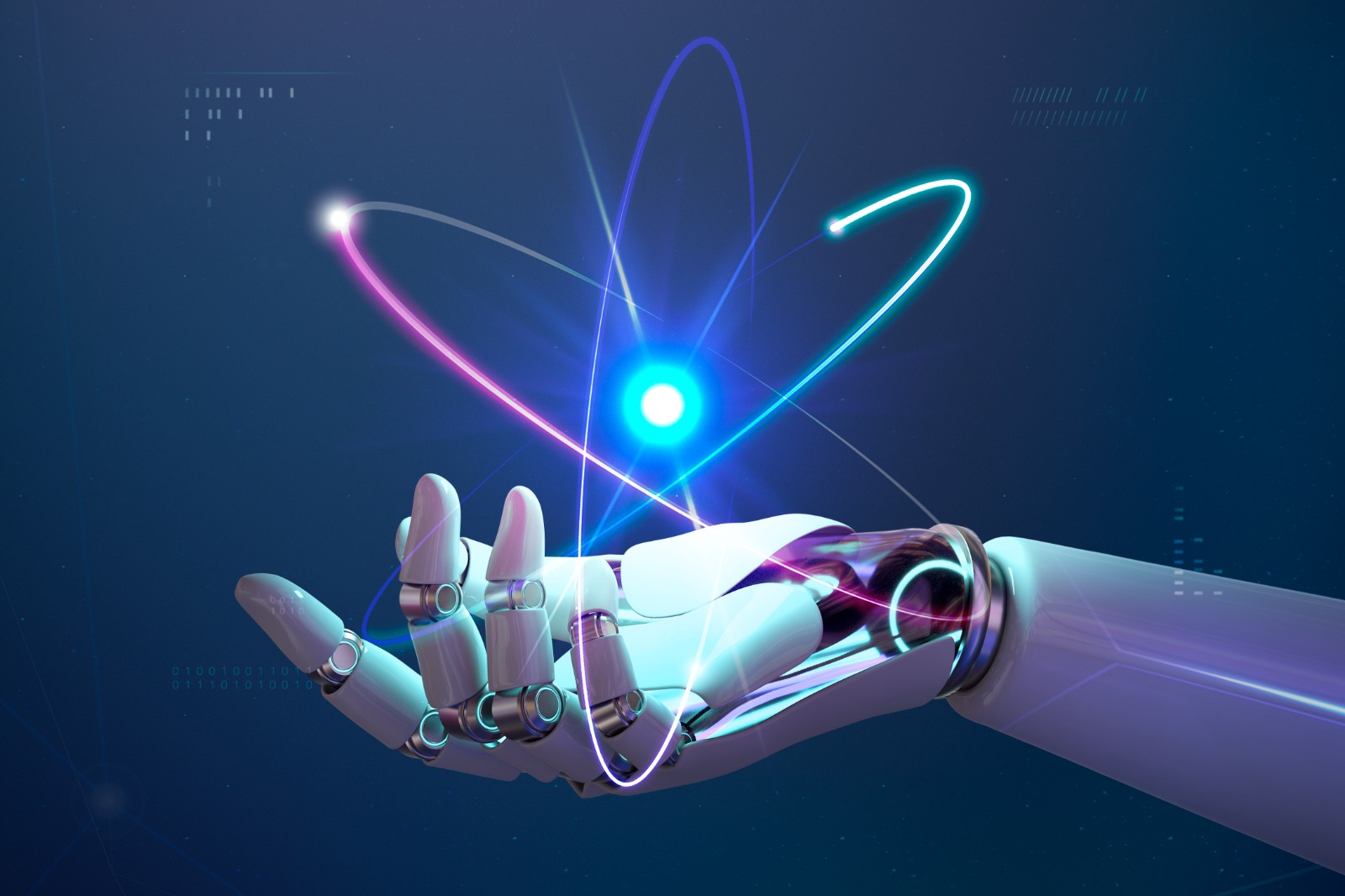
Speech recognition, the ability of a computer system to identify and process spoken language, has greatly benefited from AI advancements. With AI-powered speech recognition, the accuracy and automation of this process have reached new heights. By integrating natural language processing (NLP) algorithms, machine learning techniques, and deep neural networks, AI has empowered speech recognition systems to understand and interpret spoken words more accurately than ever before.
Some of the key benefits of AI-powered speech recognition extend across various fields. In healthcare, speech-to-text technologies enable efficient and accurate transcription of medical dictations, enhancing documentation and streamlining workflows. In customer service, AI-based automatic speech recognition (ASR) systems aid in call center automation, improving customer experience and reducing response times. Additionally, in the digital world, voice assistants such as Siri and Alexa utilize AI-based speech recognition to understand and respond to user commands, making our interactions with technology more seamless and intuitive.
Implementing speech recognition systems can be a complex task but here are some tips to set you on the right path:
• Begin by understanding the specific requirements and limitations of your application.
• Choose appropriate AI frameworks and libraries that support speech recognition.
• Collect a diverse and representative dataset for training your speech recognition models.
• Consider incorporating techniques such as transfer learning or pre-training to enhance model performance.
• Regularly evaluate and fine-tune your models using appropriate evaluation metrics.
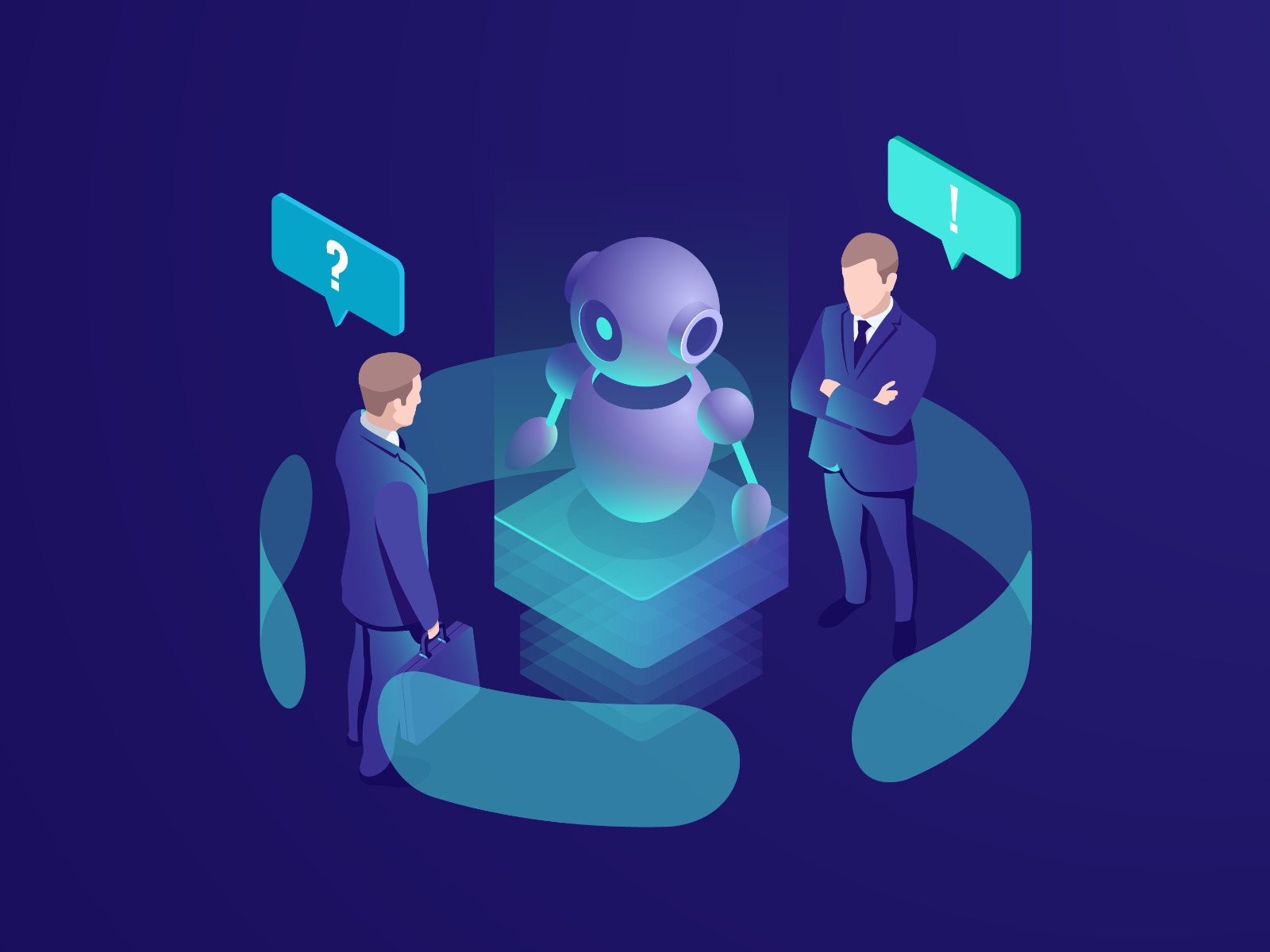
At the core of AI, machine learning algorithms play a pivotal role in making sense of vast amounts of data, extracting patterns, and generating insights. From supervised learning to unsupervised learning and reinforcement learning, machine learning techniques empower AI systems to make accurate predictions, discover hidden relationships, and improve decision-making processes.
Techniques for building powerful machine learning models include:
• Data preprocessing: Ensuring data quality and relevance by cleaning, transforming, and normalizing datasets.
• Feature engineering: Selecting and creating meaningful input features that capture essential information from the data.
• Model selection and evaluation: Choosing suitable algorithms and evaluating their performance using appropriate metrics.
• Hyperparameter tuning: Optimizing model parameters to enhance accuracy and generalization capabilities.
• Regularization: Applying techniques like L1 and L2 regularization to prevent overfitting and improve model robustness.
Implementing AI-driven predictions and recommendations can revolutionize various domains. In e-commerce, recommendation systems analyze user preferences and past behavior to suggest personalized product recommendations, boosting sales and customer satisfaction. Within the healthcare sector, machine learning models can accurately predict disease outcomes, assist in drug discovery, and optimize treatment plans, enhancing patient care and outcomes. Moreover, in finance, machine learning algorithms aid in risk assessment, fraud detection, and algorithmic trading, transforming the way financial decisions are made.
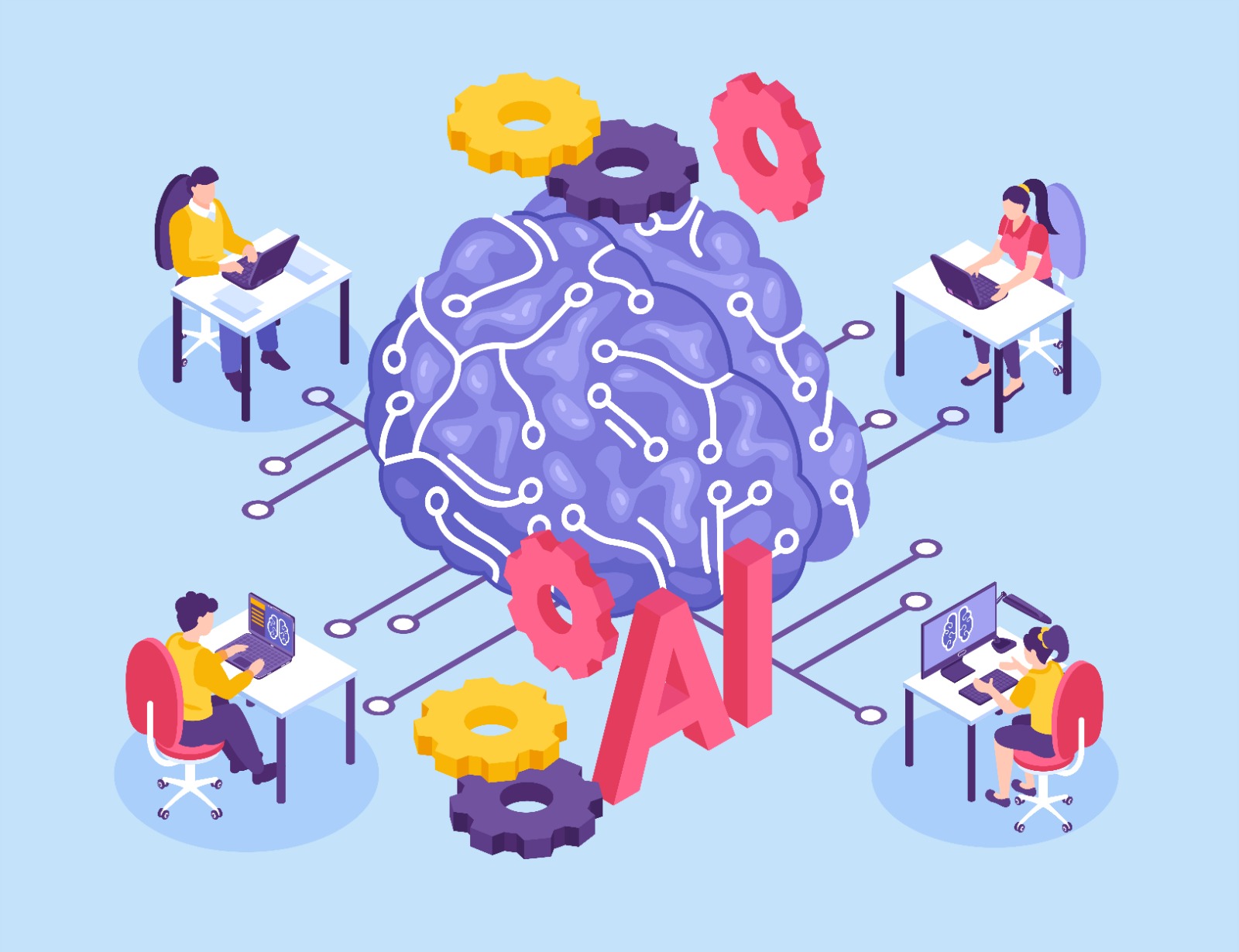
Deep learning, a subset of machine learning, focuses on leveraging artificial neural networks to solve complex problems. Deep learning networks, such as Convolutional Neural Networks (CNNs), Recurrent Neural Networks (RNNs), and Generative Adversarial Networks (GANs), have revolutionized AI applications and opened doors to unprecedented possibilities.
CNNs, for instance, have revolutionized image recognition tasks, enabling machines to outperform humans in tasks such as object detection and image classification. RNNs, on the other hand, excel in sequential data processing, making them ideal for applications such as natural language processing and speech recognition. GANs have disrupted the field of image generation, allowing for the creation of hyper-realistic images and videos.
The revolutionary applications of deep learning span across various domains. In the field of healthcare, deep learning networks assist in medical image analysis, aiding in the detection and diagnosis of diseases from X-rays, MRIs, and CT scans. In the entertainment industry, deep learning enables the creation of realistic computer-generated characters, enhancing the visual effects in movies and video games. Furthermore, in the domain of self-driving cars, deep learning algorithms power perception systems, enabling vehicles to recognize and respond to their surrounding environment, enhancing safety and autonomy.
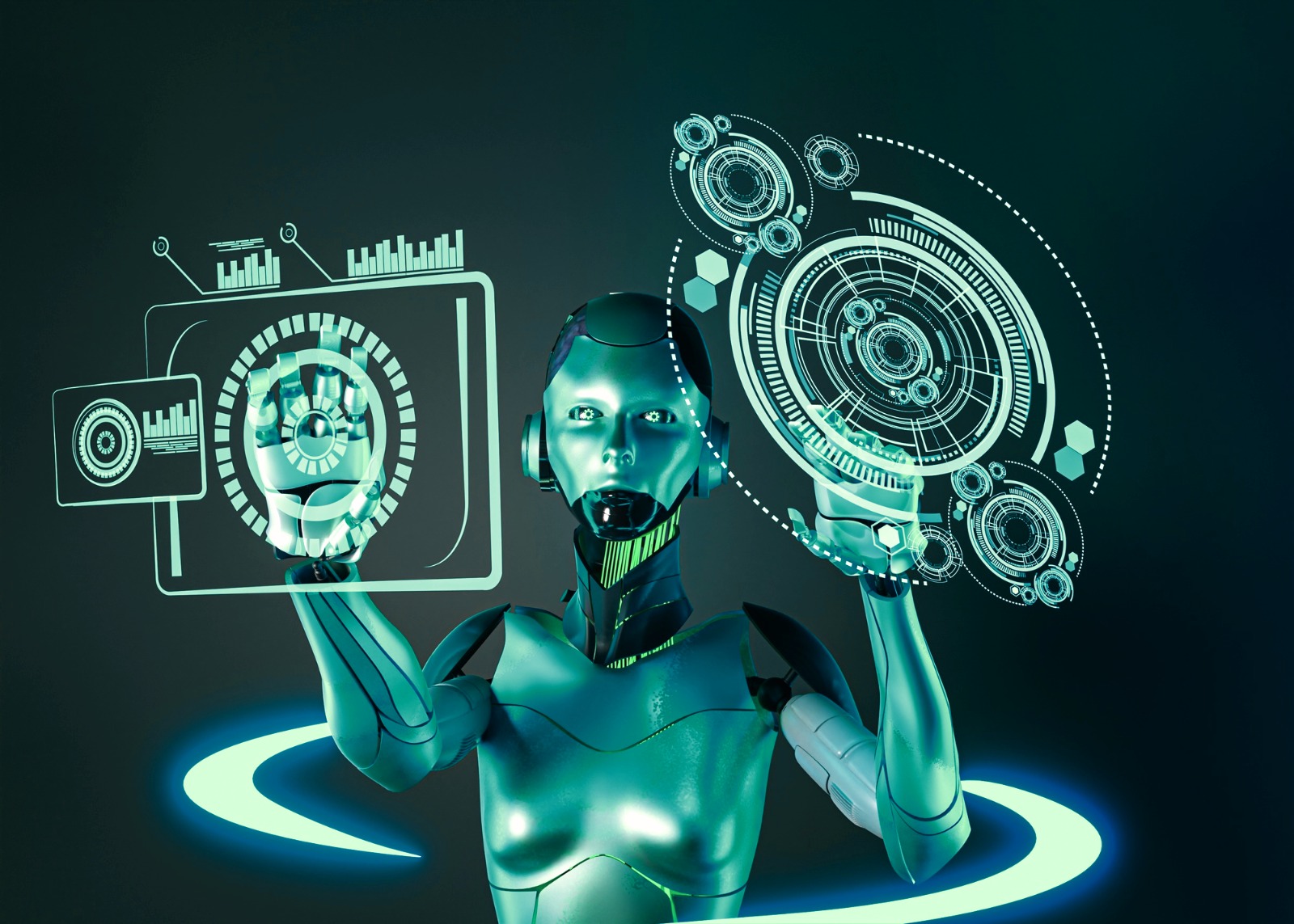
Reinforcement learning is a branch of AI that focuses on training intelligent agents to make sequential decisions in an environment to maximize rewards. By employing various AI algorithms, such as Q-learning and policy gradients, reinforcement learning has enabled machines to learn optimal strategies through trial and error, leading to impressive results in games, robotics, and adaptive decision-making.
Reinforcement learning algorithms have been applied in a wide array of domains, ranging from gaming to robotics. In the game of Go, an AI system called AlphaGo achieved remarkable success by defeating world champions, showcasing the power of reinforcement learning in mastering complex strategies. In the field of robotics, reinforcement learning has enabled the training of robotic arms to perform tasks with high precision, such as manipulating objects or assembling products. These real-world examples demonstrate the significant potential of reinforcement learning in transforming industries and automation.
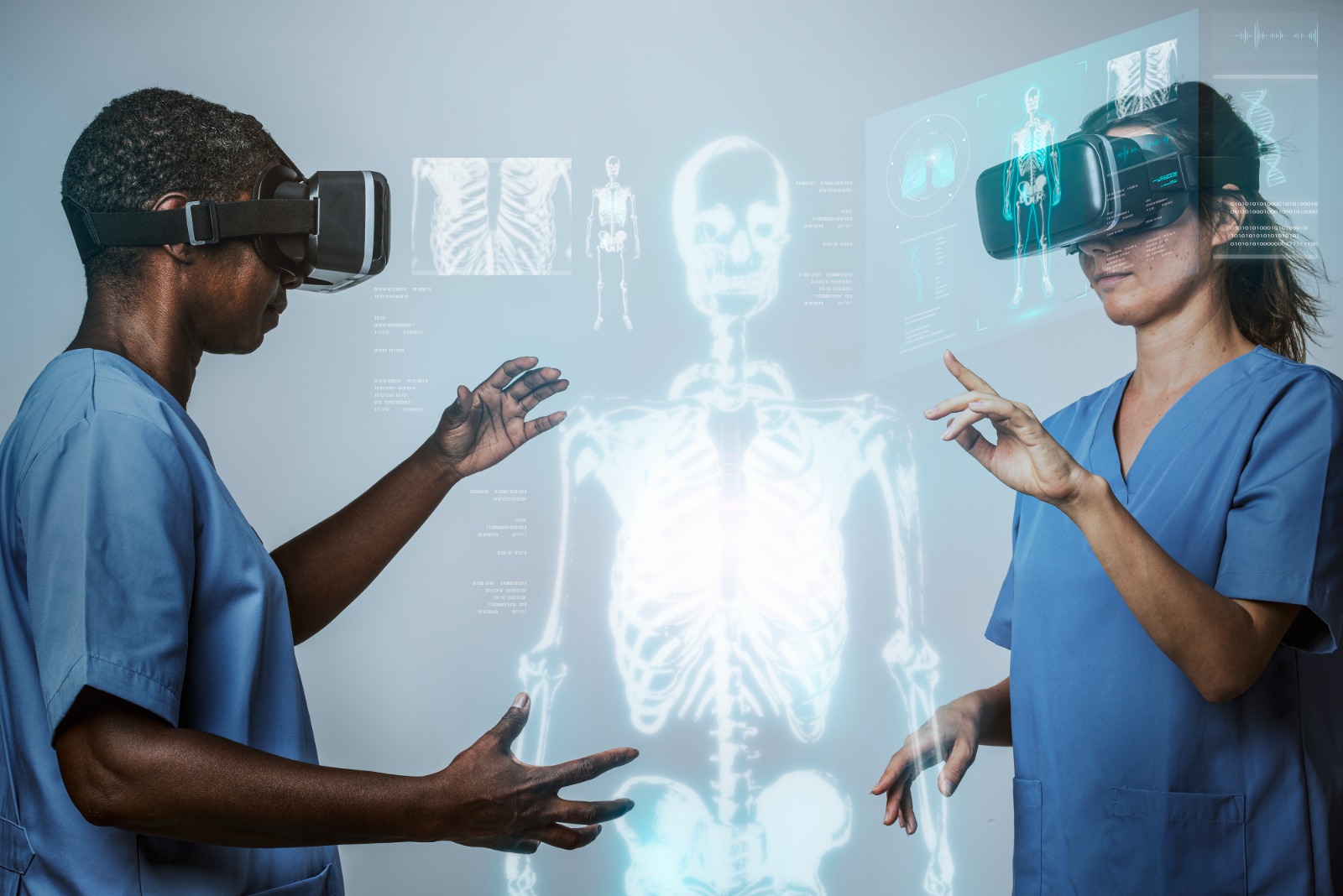
The healthcare industry is undergoing a major transformation with the integration of AI-driven technologies and solutions. AI-powered diagnostics have revolutionized disease detection through the analysis of medical images, genetic data, and patient records. Machine learning algorithms leverage these datasets to identify patterns, recognize early warning signs, and provide accurate and timely diagnoses.
Personalized medicine, another key application of AI in healthcare, tailors treatment plans to individual patients based on their genetic makeup, medical history, and lifestyle factors. By analyzing vast amounts of patient data and taking into consideration various factors, AI algorithms can predict disease outcomes, suggest optimal drug regimens, and identify potential risks.
However, the integration of AI in healthcare also presents ethical considerations and challenges. Safeguarding patient privacy, ensuring the responsible use of AI algorithms, and addressing biases in training data are some of the key concerns that need to be addressed to fully harness the potential of AI in healthcare.

The future of AI holds immense opportunities for innovation, advancement, and positive societal impact. Emerging trends such as explainable AI, AI-powered edge computing, and the increasing use of AI in sectors such as climate science and renewable energy hold great promise.
However, along with opportunities, AI also presents challenges and ethical dilemmas. Responsible development, ethical use, and transparency in AI algorithms are vital components for ensuring the benefits of AI are harnessed while mitigating potential risks. Governed by principles such as fairness, accountability, and transparency, AI can be the driving force behind a more inclusive, sustainable, and prosperous future.
Q: What is artificial intelligence (AI)?
A: Artificial Intelligence (AI) refers to the simulation of human intelligence in machines, allowing them to perform tasks that typically require human intelligence, such as understanding natural language, recognizing images, and making decisions.
Q: How is AI used in speech recognition?
A: AI technology has greatly enhanced speech recognition systems by applying natural language processing (NLP) algorithms, machine learning techniques, and deep neural networks. This enables accurate and automated transcription of spoken language, benefiting various industries such as healthcare, customer service, and digital assistants.
Artificial intelligence has revolutionized numerous domains, providing innovative solutions and transforming the way we live, work, and interact. From automating speech recognition and enhancing natural language processing to empowering computer vision and unleashing the power of machine learning, the AI tricks discussed in this article showcase the cutting-edge advancements and practical applications of AI technology. As we continue to explore the limitless potential of AI, it is essential to prioritize responsible development, ethical considerations, and collaborative efforts to harness the full power of AI for the betterment of society.
All rights reserved By © Venture Studio Capital. Design By Mr.SDS